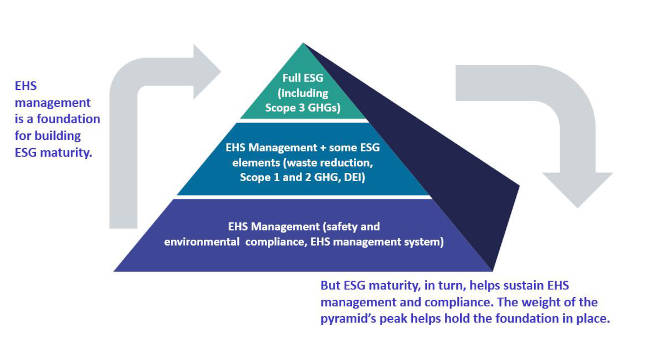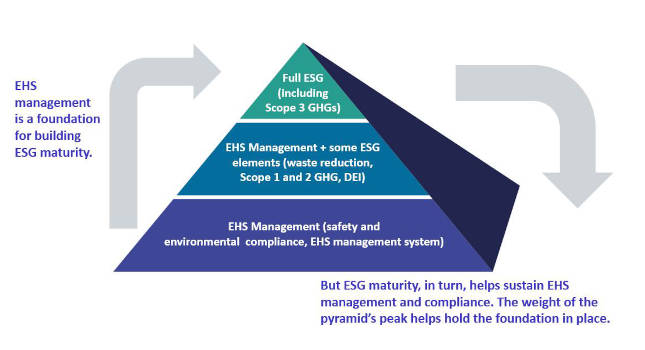IMS Research has just published a new report looking at the current and future prospects for smart card technology being used in electronic government and healthcare ID applications. I thought an interesting way of looking at our results would be to produce an “opportunity matrix” detailing the top prospect countries for these markets in 2016.

As I mentioned in one of my earlier blogs, IMS Research has just published a new report looking at the current and future prospects for smart card technology being used in electronic government and healthcare ID applications. I thought an interesting way of looking at our results would be to produce an “opportunity matrix” detailing the top prospect countries for these markets in 2016.
To do this I’ve given each country by application (eDrivers Licenses, National eID Cards, ePassports, eHealthcare Cards) a score that is directly correlated to the volume of cards forecast to be shipped for that application in that country in 2016 (according to our forecasts).
Each score is re-based so that the leading country for each application gets a score of 10 and the lowest country(s) a score of zero. Weightings were then applied that related to the overall opportunity of the application and the “risk” of delay or cancellation associated with that country’s individual project, compared to IMS Research’s assumption.
The results to this “matrix” are displayed below.
Not surprisingly China tops our matrix by some way. This is driven not only by high scores for its massive citizen ID project, but also the opportunity it presents in terms of ePassports. However, in many cases this ‘opportunity” is limited to Chinese companies. India is ranked number two, driven by above average score in all of the four application areas. Interestingly Asian countries hold the top four spots with Japan and Indonesia in third and fourth.
The USA was the highest ranking non-Asian country at number five. It scored zero for eID, but scored well above average in terms of ePassports. Some localised deployments of eDriver’s licenses and eHealthcare cards also gave it an above average score for those applications too.
Germany was the highest ranking European country at number six. Its long running healthcare card programme was partly responsible for this, but also its national eID card rollout and ePassport rollout too have contributed greatly to its score.
Turkey, Nigeria and South Korea just failed to make the top 15. Perhaps if we looked out a little longer term these countries may well start to feature in the top 15 matrix too.
IMS Research’s report, “Electronic Government and Healthcare ID – World – 2011” examines more than 30 countries individually and includes forecasts for the installed base and shipments of credentials into each country by application to 2016. Please contact me if you’d like to find out more.



